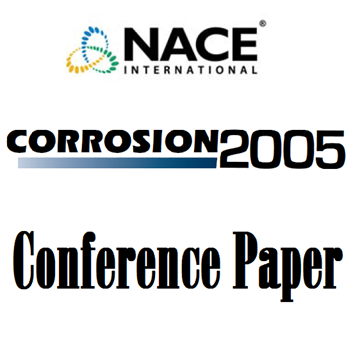Pipeline coatings' mechanical properties in relation to the need to use imported or site-processed bedding and backfill materials to create the pipeline's habitat, and describes a program of laboratory and site tests carried out for two major pipeline operators.
Product Number:
51300-03046-SG
ISBN:
03046 2003 CP
Author:
Richard Espiner, Ian Thompson, Julian Barnett
Publication Date:
2003
$0.00
$20.00
$20.00
Pipeline coating selection is currently carried out at an early stage in a project with little reference to actual site conditions.
Early consideration of geotechnical conditions in coating selection and backfill design could prove technically, economically and environmentally beneficial. In addition, bedding, padding and backfilling requirements are not specified on a project specific basis and the current methodology for design, engineering and construction does not allow optimization of the coating and backfill system. In comparison to the pipeline design engineer's ability to undertake detailed analyses that influence pipe size, material grade etc., limited information exists on pipe coating/backfill interactions and hence a conservative approach is often taken in the selection of bedding and backfill materials used to create the pipeline's habitat. Although detailed discussions will often be held on the benefits of thick (multi-layer) versus thin film coatings, the actual choice will rarely be used to justify relaxing the controls on, and hence the cost of, bedding and backfill materials. The paper reviews the financial and technical issues that need to be considered when selecting external coating systems for the corrosion protection of high-pressure transmission pipelines. The paper focuses specifically on the coating's mechanical properties in relation to the need to use imported or site-processed bedding and backfill materials to create the pipeline's habitat, and describes a program of small-scale laboratory and large-scale site tests carried out for two major pipeline operators to simulate construction damage due to backfilling and damage due to penetration loading and pipe movement during service. The results of the tests have enabled bedding & padding material specifications to be proposed for a range of different pipeline coatings and hence achieved a reduction in pipeline capital costs.
Keywords: Pipeline coatings, pipeline construction, bedding and backfill materials, mechanical protection




